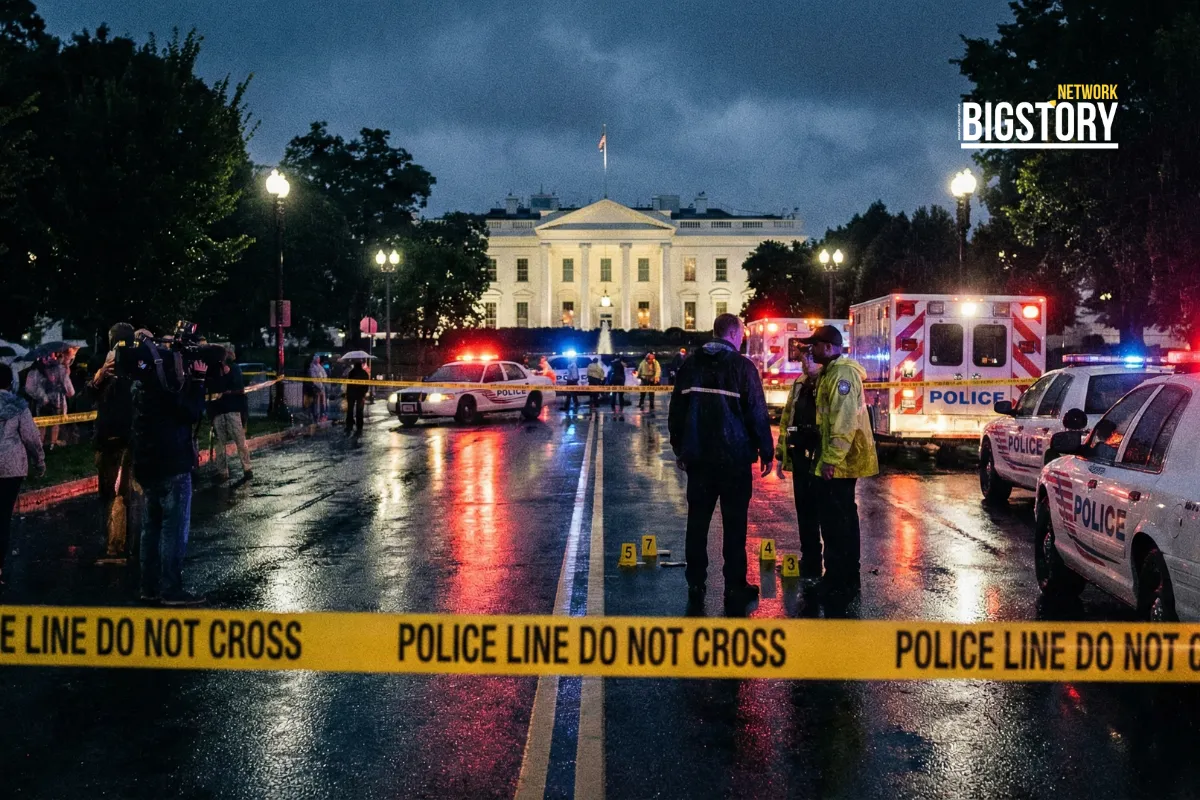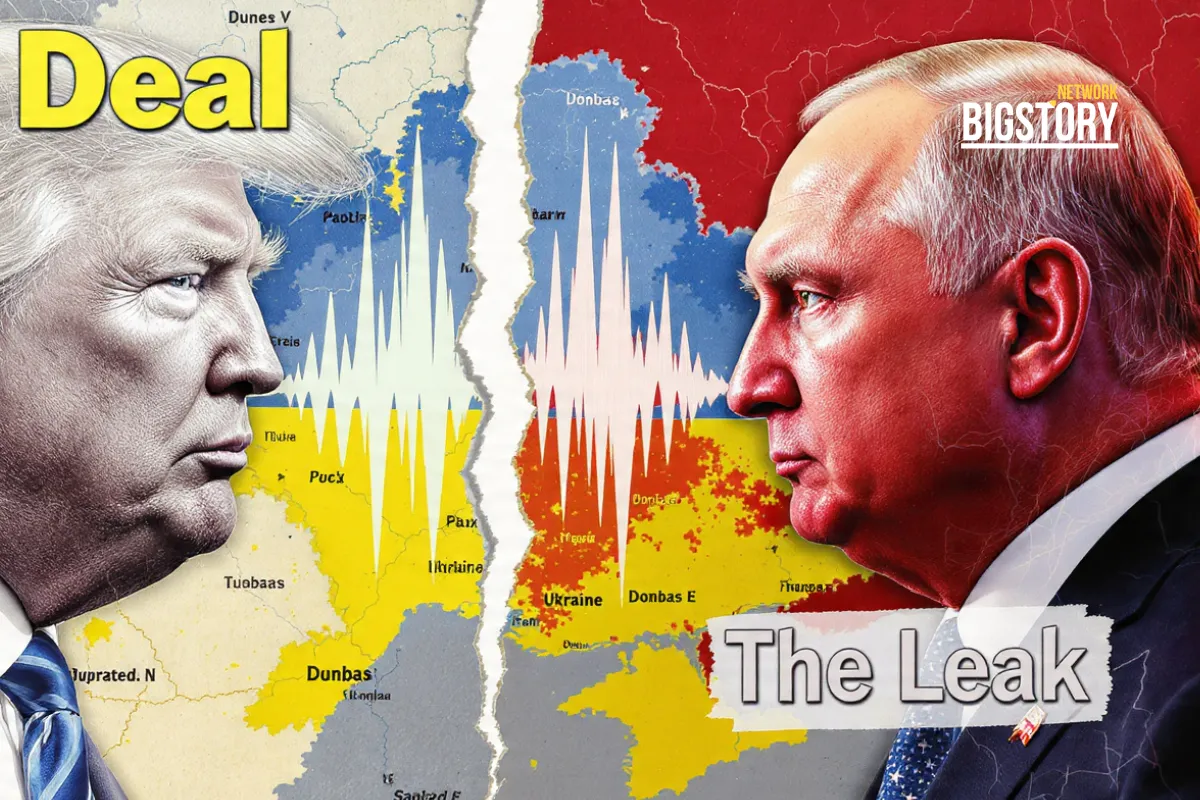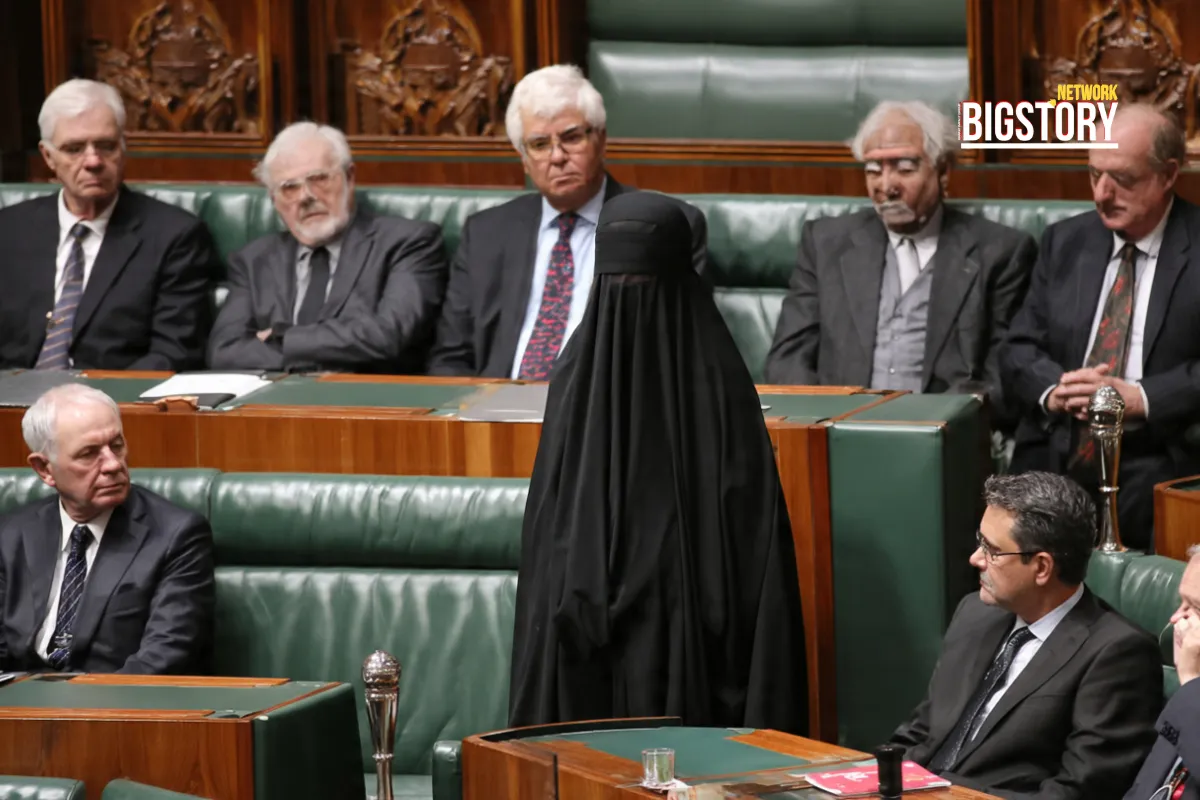Trump meets Shehbaz Sharif at the White House, marking a reset in US-Pakistan ties with trade, oil, and minerals deals as India watches regional shifts.
 Sseema Giill
Sseema Giill
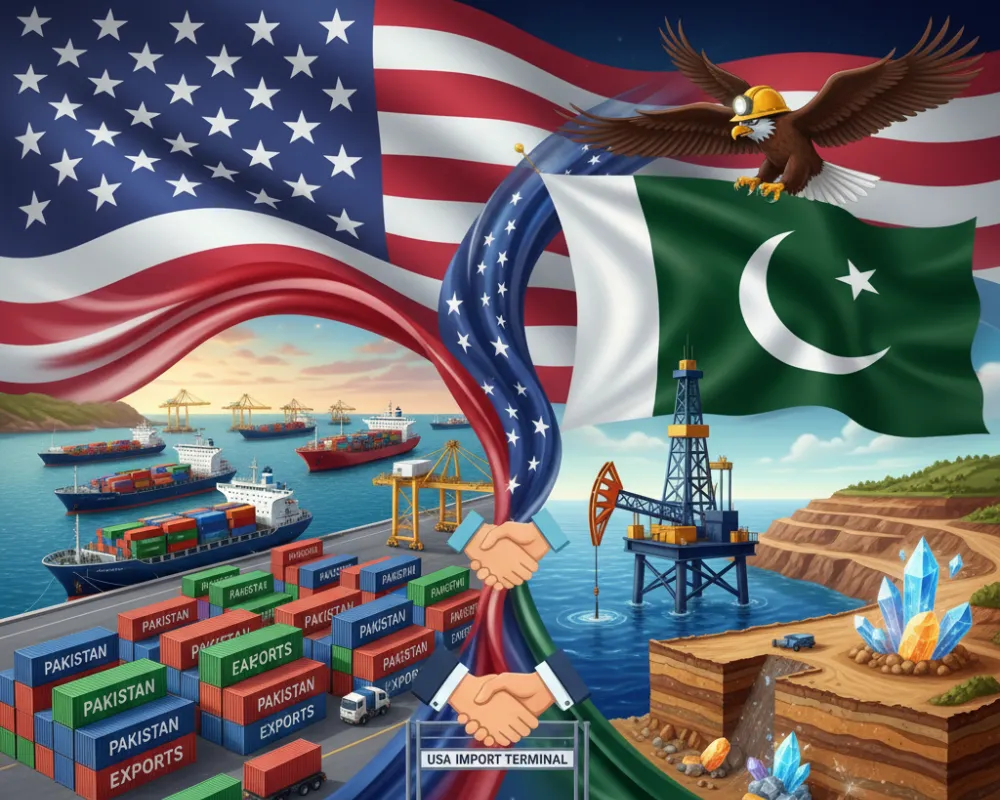
US President Donald Trump welcomed Pakistani Prime Minister Shehbaz Sharif to the Oval Office, marking the first visit by a Pakistani premier to the White House since Imran Khan in 2019. The 80-minute closed-door talks also included Pakistan’s Army Chief Field Marshal Asim Munir and US Secretary of State Marco Rubio.
The meeting highlighted a significant shift in Washington’s approach to Islamabad. Once criticized by Trump as a “terrorist safe haven,” Pakistan is now being described by the US president as led by “great leaders,” reflecting a broader recalibration of US strategy in South Asia.
The trade concessions and resource partnership have given Pakistan a rare economic boost. The Pakistan Stock Exchange (KSE-100) jumped nearly 1,000 points after the July announcement, and the Lahore Chamber of Commerce called the agreement a “game-changer.”
Politically, the visit represents the biggest US tilt toward Pakistan since the early 1970s, at a time when US-India relations are strained over tariffs and India’s continued Russian oil imports. Trump has imposed 50% tariffs on Indian goods, the highest globally.
For Washington, the engagement reflects a push to secure critical minerals and energy cooperation while reducing Islamabad’s reliance on China.
India has firmly rejected Trump’s claims of mediating the May 2025 ceasefire, with External Affairs Minister S. Jaishankar reiterating there was “no third-party role.” New Delhi continues to emphasize direct bilateral dialogue as the only path to resolving disputes with Pakistan.
At the same time, US-India relations face pressure over trade and energy policies. Trump’s 50% tariffs on Indian imports, combined with India’s purchase of discounted Russian oil, remain flashpoints in Washington.
What India should watch out for:
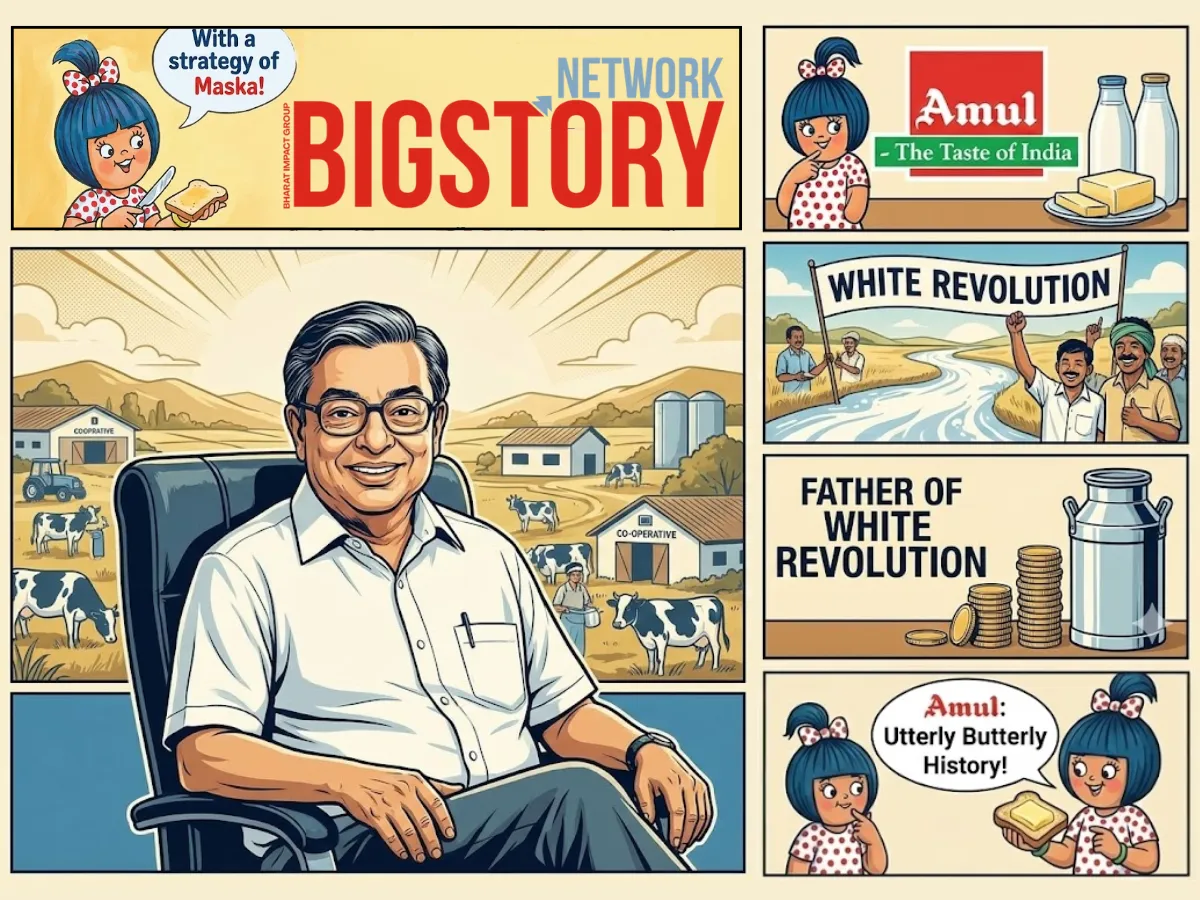
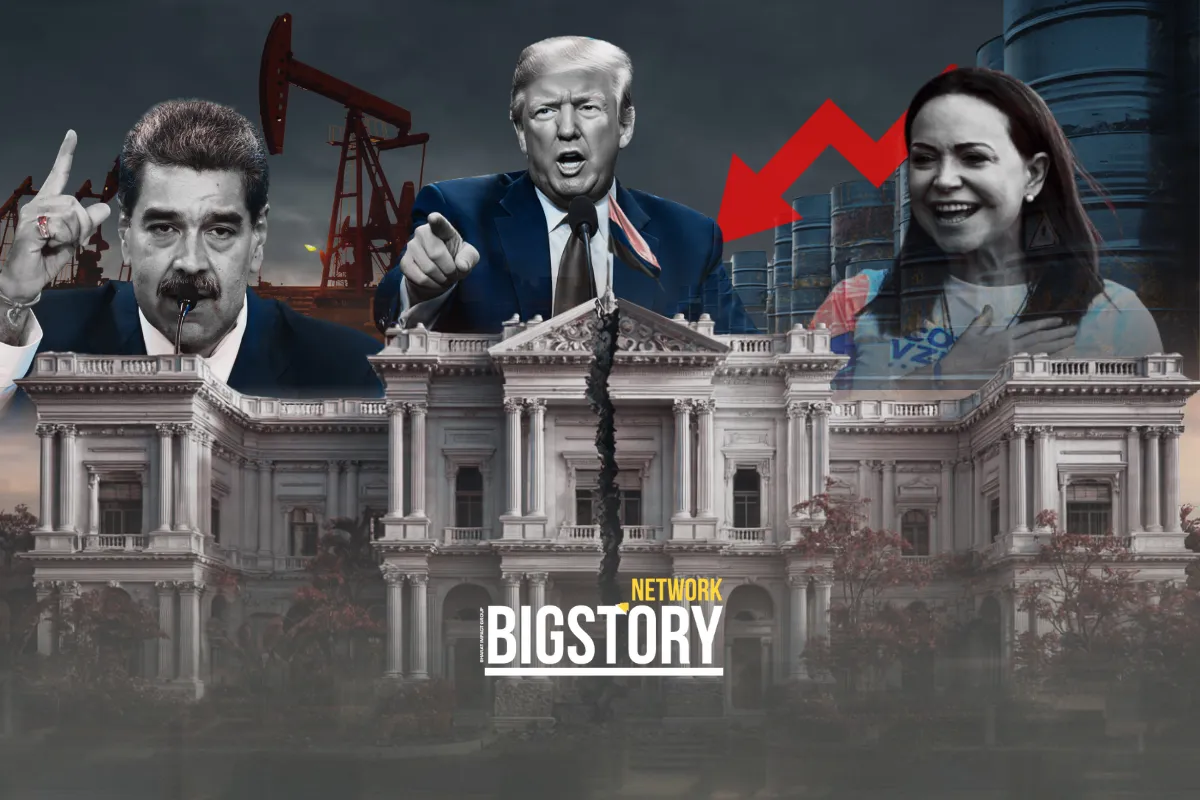



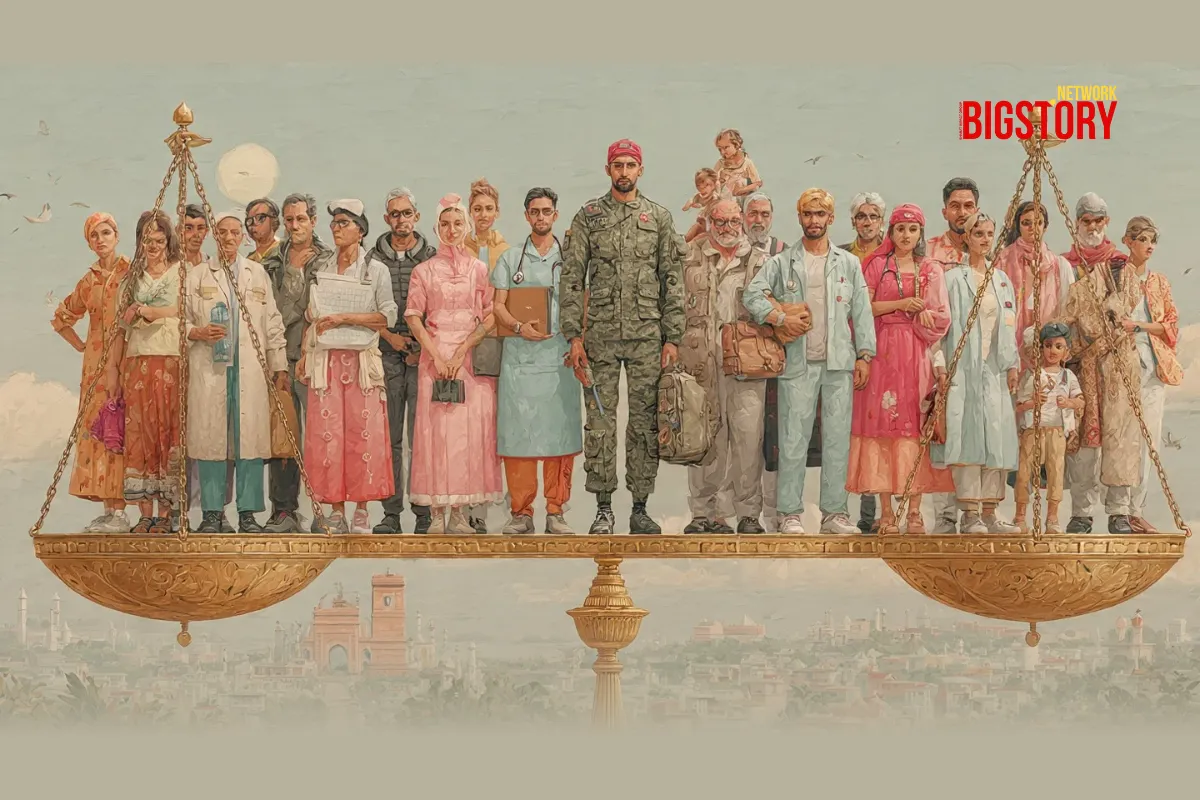
Sign up for the Daily newsletter to get your biggest stories, handpicked for you each day.
 Trending Now! in last 24hrs
Trending Now! in last 24hrs
